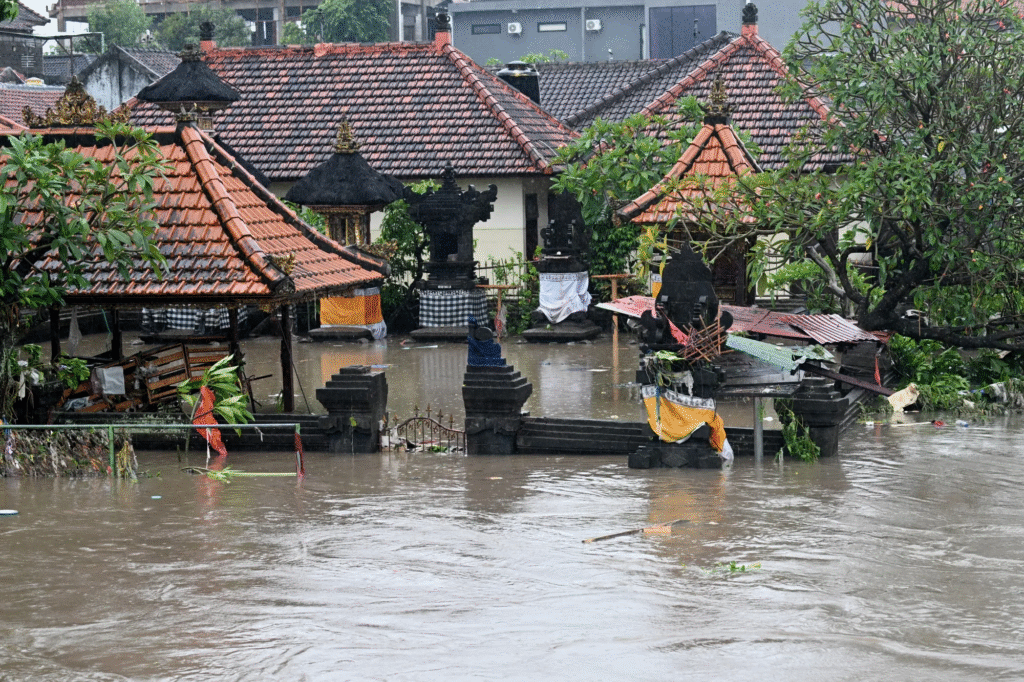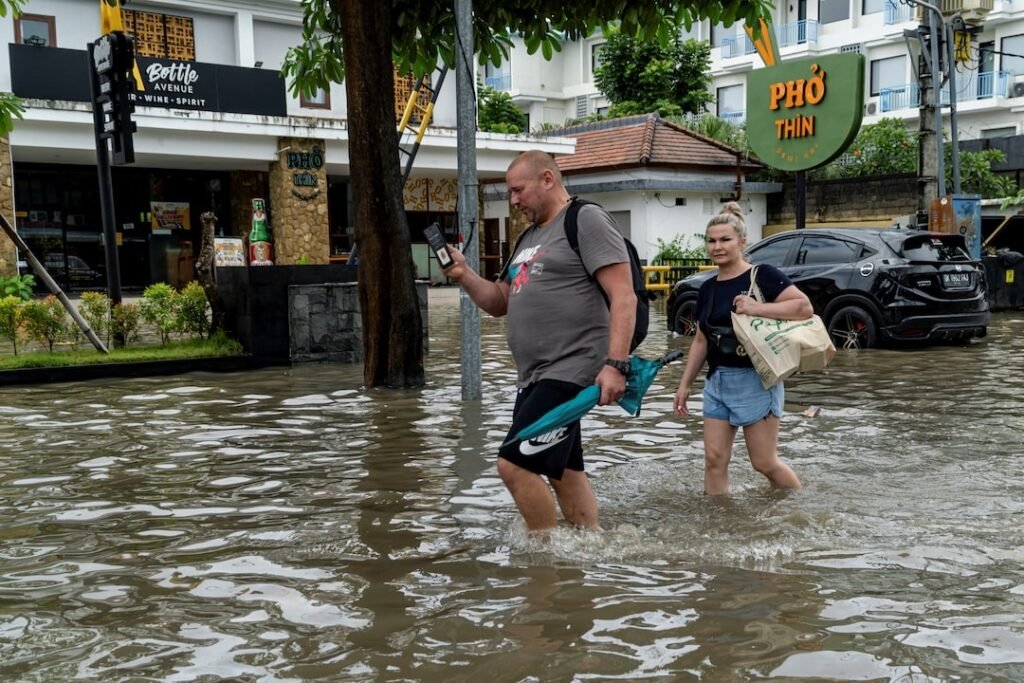

In recent days, several areas in Bali have been hit by heavy rainfall that triggered flooding and caused serious disruption to local communities. Streets in low-lying regions quickly filled with water, making it difficult for vehicles to pass and forcing residents to adapt to sudden changes in their routines.
The overflowing water did not only disturb traffic but also entered a number of houses and small businesses. Many families had to spend hours clearing mud and debris after the water receded. For shop owners and local markets, the flood brought temporary closures and financial losses.
Local authorities responded by deploying emergency teams to assist residents, especially in areas where the water reached knee height. Efforts included clearing drainage channels, setting up temporary shelters, and delivering clean water supplies. Volunteers also took part, helping distribute food and basic necessities to those affected.
Beyond the immediate impact, the flooding has raised concerns about the island’s drainage system and land use management. Rapid development in Bali often reduces natural water absorption areas, while seasonal rains are becoming more unpredictable due to climate change. Many environmental groups are calling for better urban planning and stronger disaster preparedness to prevent similar incidents in the future.
Despite the challenges, the Balinese community showed strong resilience. Neighbors supported each other, and traditional community spirit—known as gotong royong—was visible in the way people worked hand in hand to clean up after the flood. This togetherness remains a vital strength in facing natural disasters on the island.
